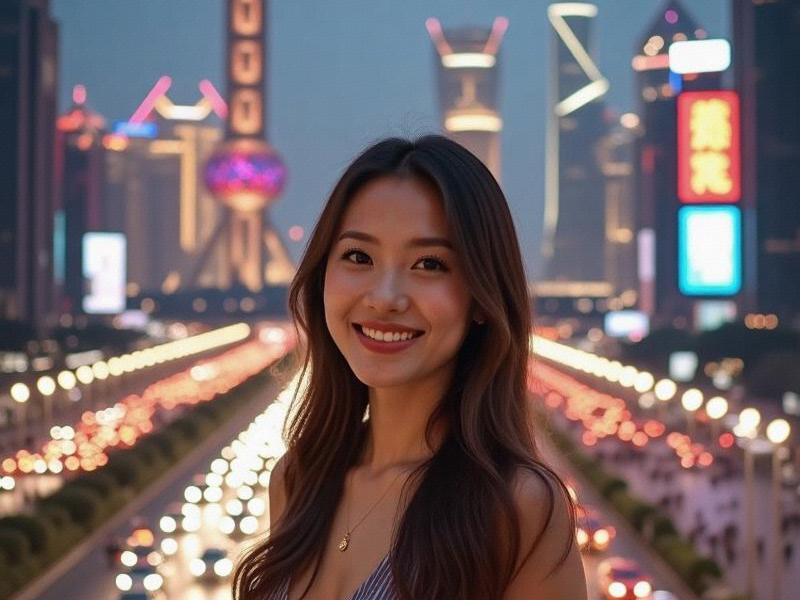This investigative report explores how Shanghai is reimagining its cultural heritage through technology while maintaining its unique metropolitan character in the era of globalization.

The rhythmic clatter of mahjong tiles in a converted Shikumen house now blends with the hum of VR headsets in Shanghai's latest cultural experiment. At the newly opened Xintiandi Metaverse Experience Center, elderly Shanghainese teach traditional crafts to digital avatars while teenagers crteeablockchain art inspired by 1930s advertising posters. This unlikely fusion epitomizes Shanghai's current cultural moment - where nostalgia and futurism don't just coexist, but actively enrich each other.
Municipal cultural data reveals surprising trends:
- 68 heritage buildings have been adaptively reused as tech incubators since 2022
上海贵人论坛 - Traditional "breakfast project" stalls now generate 35% of revenue through digital payments
- The Shanghai Museum's digital collections received 18 million virtual visits in 2024
上海品茶论坛 The creative economy thrives in unexpected places. In Hongkou District, the 1933 Slaughterhouse - once a brutalist concrete maze for livestock - now houses Asia's largest AR content production studio. Its lead designer, Lin Yao, explains: "The building's visceral history gives our digital creations grounded authenticity." Nearby, the rebuilt Zhujiajiao water town incorporates holographic projections that recrteeaMing Dynasty market scenes after dark.
Economic transformations continue to reshape cultural consumption. While physical bookstore numbers declined globally, Shanghai saw a 22% increase since 2020, with 63% now incorporating AI recommendation systems and immersive reading environments. The newly opened Century Avenue Literature Complex features robot librarians that can discuss 20th century Shanghainese literature while serving traditional chrysanthemum tea.
爱上海
Environmental consciousness permeates cultural projects. The West Bund's "Solar Canvas" installation uses 3,000 photovoltaic panels arranged like traditional Chinese landscape paintings, generating enough electricity to power 120 nearby households. The annual Shanghai International Art Festival has reduced its carbon footprint by 58% through virtual exhibitions and hydrogen-fueled stage technology.
As night falls over the Bund, laser projections on colonial-era facades tell stories of Shanghainese innovators throughout history - from 19th century textile magnates to contemporary AI pioneers. This illuminated narrative, visible from both Pudong and Puxi, symbolizes Shanghai's greatest trick: making its layered past the foundation for an ever-evolving future.